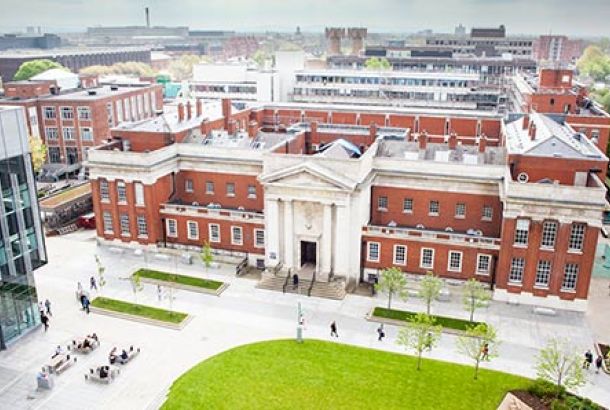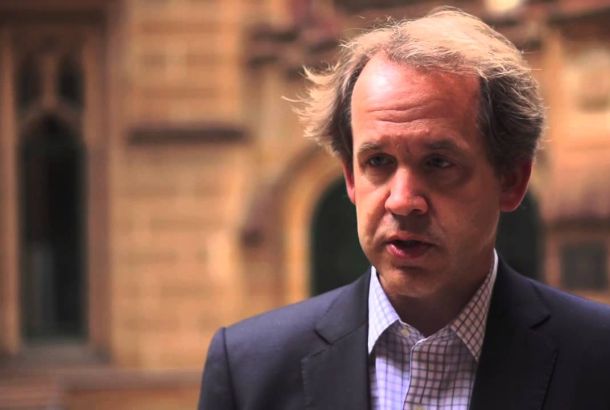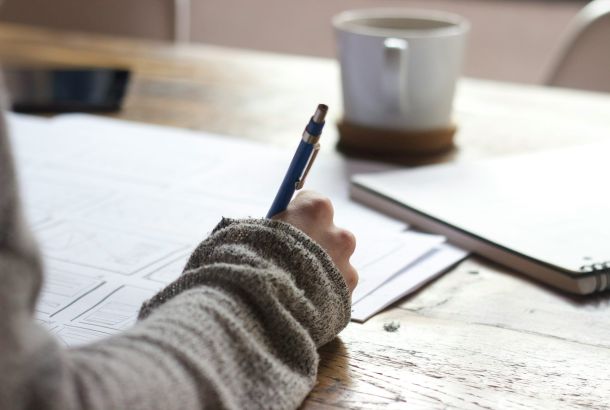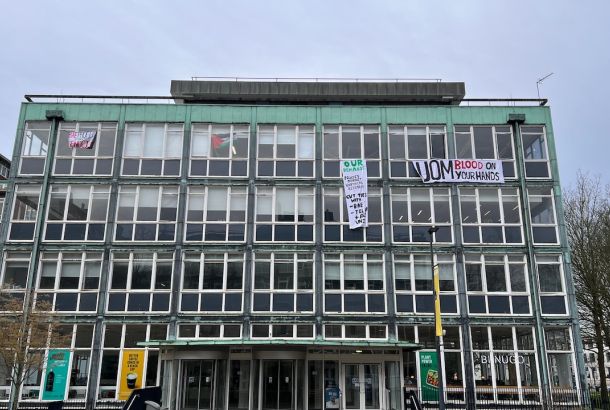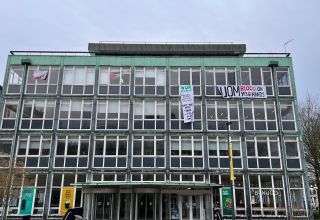Manchester first city to recieve Hiroshima seedlings
On Wednesday the 5th of November Manchester celebrated its 34th anniversary of becoming the world’s first nuclear free city, which placed Manchester at the forefront of the campaign to abolish nuclear weapons.
To mark the occasion the Lord Mayor of Manchester Councillor Sue Cooley received seedlings grown from seeds taken from trees that survived the atomic bombing of Hiroshima in 1945.
Despite the bomb reducing Hiroshima to ashes and resulting in the deaths of as many as 140000 people, six ginkgo trees growing 1 – 2km from the atomic blast survived, despite suffering extreme damage. From these burnt trunks new buds soon began to emerge, leading the gingko to become a symbol of hope in Japan.
These trees still thrive today and it’s from these that the seeds were taken and have been nurtured into seedlings at Hulme Community Garden Centre. Manchester is the first UK city to receive the seeds in recognition of its role as Vice-President of the Mayors for Peace Programme. The programme was founded by the former Mayor of Hiroshima, Takeshi Araki, aiming to provide a way for cities around the world to work towards the total abolition of nuclear weapons.
Taking inspiration from the saplings, the 5th of November also saw the launch of Project Gingko—a major art project for local school children. The project will ask children across the city to create artwork in response to the destruction that took place in Hiroshima and contemplate the way nature can help regenerate damaged cities.
The artwork will be exhibited next year and the creators of the winning entries will be invited to attend a special event with representatives from Hiroshima.
Lord Mayor of Manchester Councillor Sue Cooley said: “To receive these seedlings from tress that survived the atomic bomb is truly breathtaking, they serve as both a pertinent symbol of hope and a reminder that we stand proud, with our fellow Mayors for Peace cities, in the call for nuclear disarmament.
“I hope that local children are inspired by these symbolic gingkos and look forward to seeing their art work next year. Involving young people with the Mayors for Peace programme is vital in making sure the next generation do not forget the immense destruction nuclear weapons can cause and do not repeat the mistakes of the past.”
